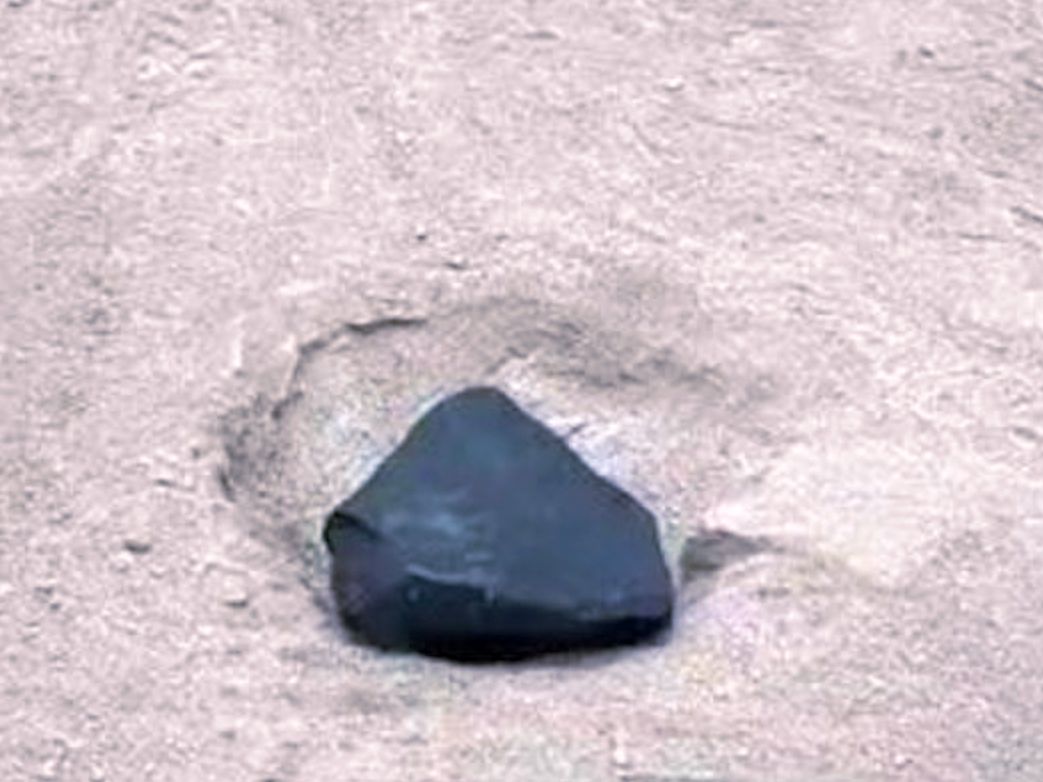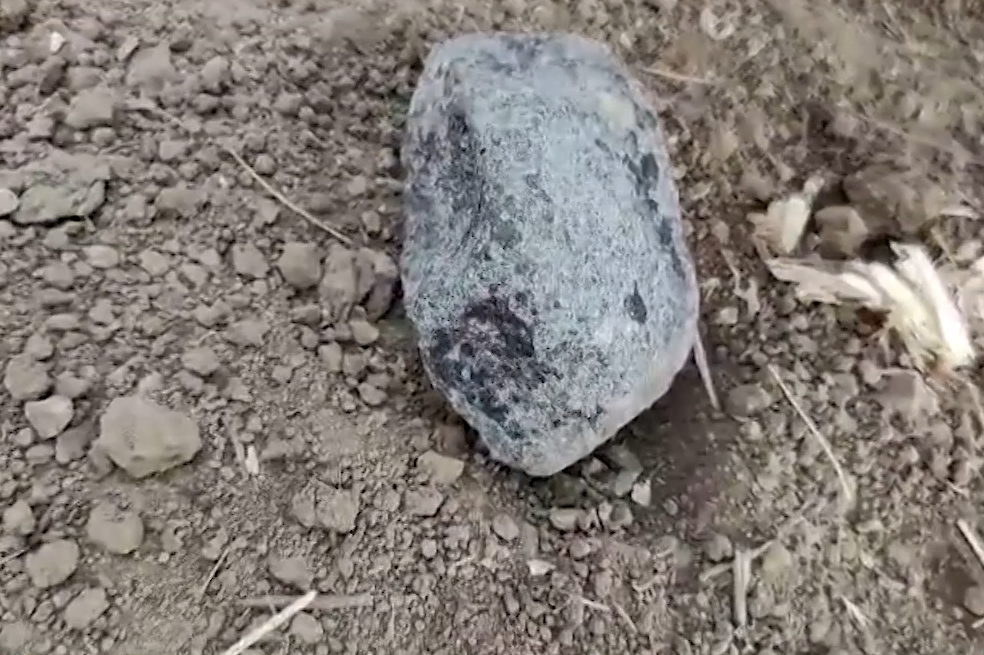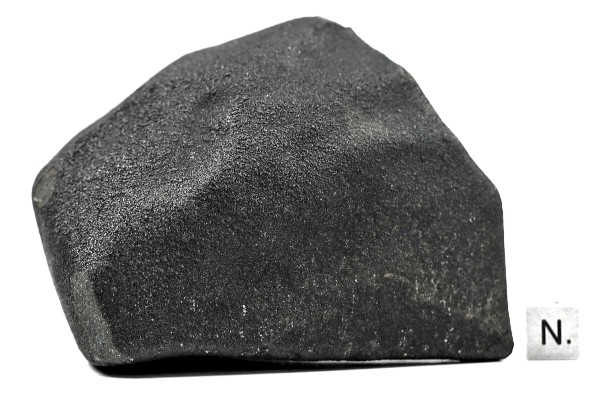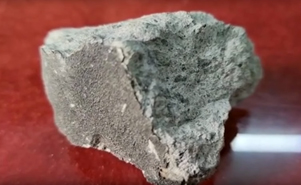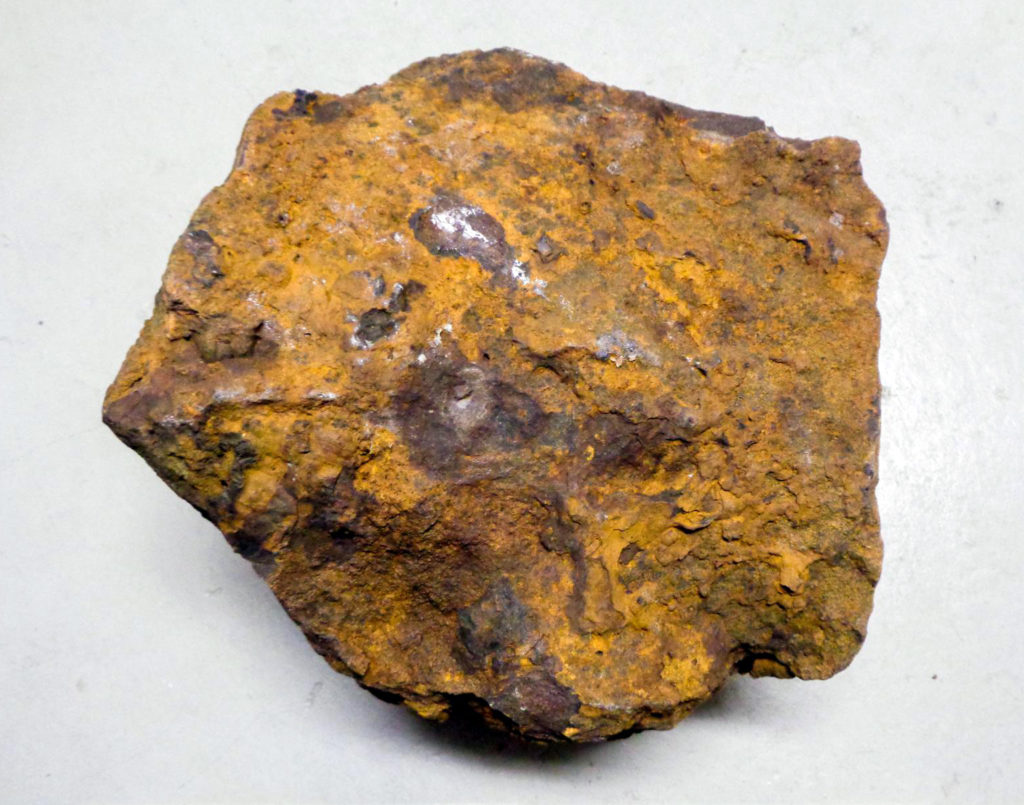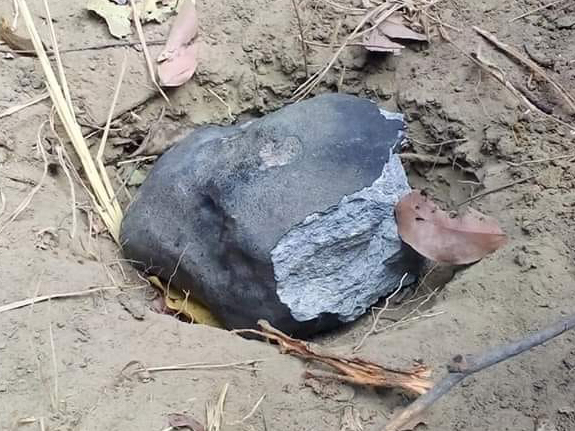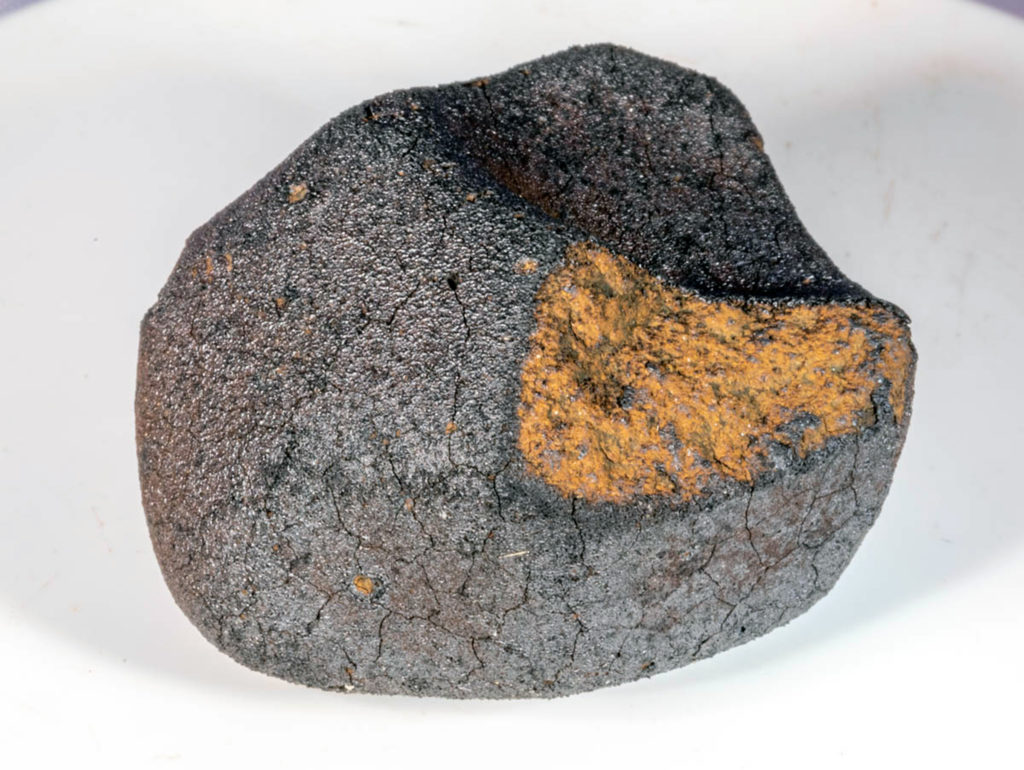Mechanisms and timing of carbonaceous chondrite delivery to the EarthOPEN ACCESS
Francis Nimmo, Thorsten Kleine, Alessandro Morbidelli, David Nesvorny Accepted for publication in Earth and Planetary Science Letters, 7 November 2024 PDF (OPEN ACCESS) “The nucleosynthetic isotope signatures of meteorites and the bulk silicate Earth (BSE)…
Identification of Earth’s late accretion by large impactors through mass independent Cr isotopes
Yogita Kadlag, Aryavart Anand, Mario Fischer-Gödde, Klaus Mezger , Kristoffer Szilas , Steven Goderis, Ingo Leya IcarusAvailable online 31 May 2024, 116143 LINK “Highlights “The late addition of extra-terrestrial material may represent an important source…
Limited nitrogen isotopic fractionation during core-mantle differentiation in rocky protoplanets and planets
Damanveer S. Grewal, Tao Sun, Sanath Aithala, Taylor Hough, Rajdeep Dasgupta, Laurence Y. Yeung, Edwin Schauble Geochimica et Cosmochimica ActaAvailable online 19 October 2022 LINK “15N/14N ratios of meteorites are a powerful tool for tracing…
Earth’s accretion inferred from iron isotopic anomalies of supernova nuclear statistical equilibrium originOPEN ACCESS
Timo Hopp, Nicolas Dauphas, Fridolin Spitzer, Christoph Burkhardt, Thorsten Kleine Accepted for publication in Earth and Planetary Science Letters PDF (OPEN ACCESS) Update (10 November 2021):Earth and Planetary Science LettersVolume 577, 1 January 2022LINK “Highlights…
Highly reduced accretion of the Earth by large impactors? Evidence from elemental partitioning between sulfide liquids and silicate melts at highly reduced conditions
E.S.Steenstraa, E.Kelderman, E. Kelderman, J. Berndt, S. Klemme, E.S.Bullock, W. van Westrenen Geochimica et Cosmochimica ActaIn Press, Journal Pre-proof, Available online 11 July 2020 LINK “The Earth may have formed at very reducing conditions through…
Ruthenium isotope vestige of Earth’s pre-late-veneer mantle preserved in Archaean rocks
Mario Fischer-Gödde, Bo-Magnus Elfers, Carsten Münker, Kristoffer Szilas, Wolfgang D. Maier, Nils Messling, Tomoaki Morishita, Martin Van Kranendonk & Hugh Smithies Nature, Volume 579, pages 240–244 (2020) Published: 11 March 2020 LINK “The accretion of…
Nature of late accretion to Earth inferred from mass-dependent Ru isotopic compositions of chondrites and mantle peridotitesOPEN ACCESS
Timo Hopp, Thorsten Kleine Earth and Planetary Science Letters,Volume 494,15 July 2018,Pages 50-59 LINK (OPEN ACCESS) “Highlights • Uniform mass-dependent Ru isotopic compositions of chondrites. • Chondritic mass-dependent Ru isotopic composition of Earth’s mantle. •…
Silicate Earth’s missing niobium may have been sequestered into asteroidal cores
Carsten Münker, Raúl O. C. Fonseca & Toni Schulz Nature Geoscience doi:10.1038/ngeo3048 LINK “Geochemical models describing the behaviour of niobium during Earth’s growth rely on the general paradigm that niobium was delivered by Earth’s asteroidal…
Carbon and sulfur budget of the silicate Earth explained by accretion of differentiated planetary embryos
Yuan Li, Rajdeep Dasgupta, Kyusei Tsuno, Brian Monteleone & Nobumichi Shimizu Nature Geoscience doi:10.1038/ngeo2801 Published online 05 September 2016 LINK “The abundances of volatile elements in the Earth’s mantle have been attributed to the delivery…

